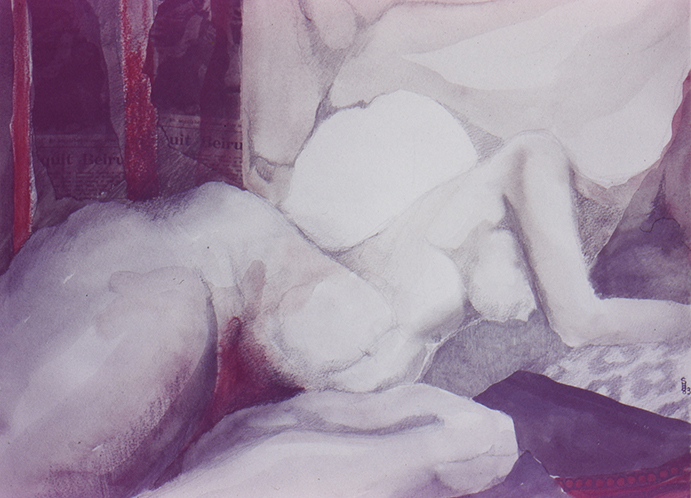The Female Nude in Anti-Zia Feminist Painting
Identifier (Artikel)
Abstract
After the 1977 coup that launched General Zia-ul-Haq’s decade-long military dictatorship in Pakistan, visual arts flourished as part of many progressive movements. This essay on anti-Zia visual art explores the intersection of art and left politics. While left mobilization against the Zia dictatorship took several forms, one under-emphasized but significant node of opposition was led by artists and poets. Especially underrepresented among these movements were the indelible contributions of female artists who were among the state’s most persecuted. Though the Hudood Ordinances and other anti-women policies did not explicitly target artists, they effectively marginalized women from the arts by way of curbs on women’s mobility and freedom of expression in society at large. Female artists resisted, refusing to take up calligraphy or otherwise change their artistic style. Depictions of the female nude became an important political symbol for artists pushing back against the censorship of, violence against, and persecution of women. Pakistani feminist artists’ forms of cultural resistance through art creation have a long tradition in both South Asia and the Global South more broadly, but the female nude as the content of their resistance art warrants deeper investigation. In this essay, I recover the history of Pakistani women’s resistance through the visual arts then leverage this to weigh in on contemporary theoretical debates on the depiction of the nude female body as feminist praxis. The goal of this contribution is to record Pakistani women’s resistance during the Zia period so that feminist theory may learn from their actions.
Statistiken


Lizenz

Dieses Werk steht unter der Lizenz Creative Commons Namensnennung - Nicht-kommerziell - Keine Bearbeitungen 4.0 International.


